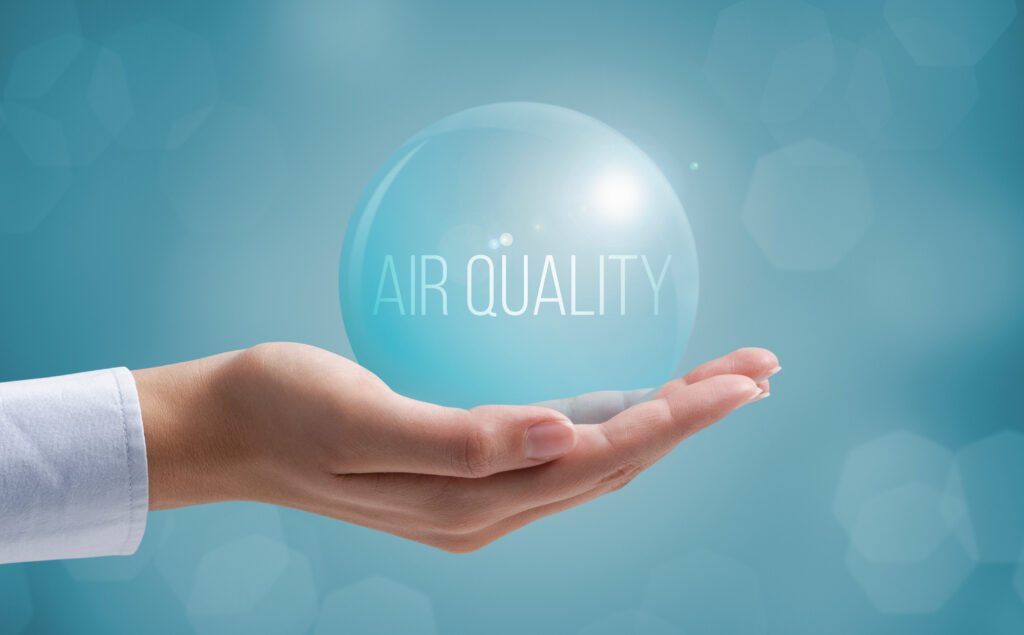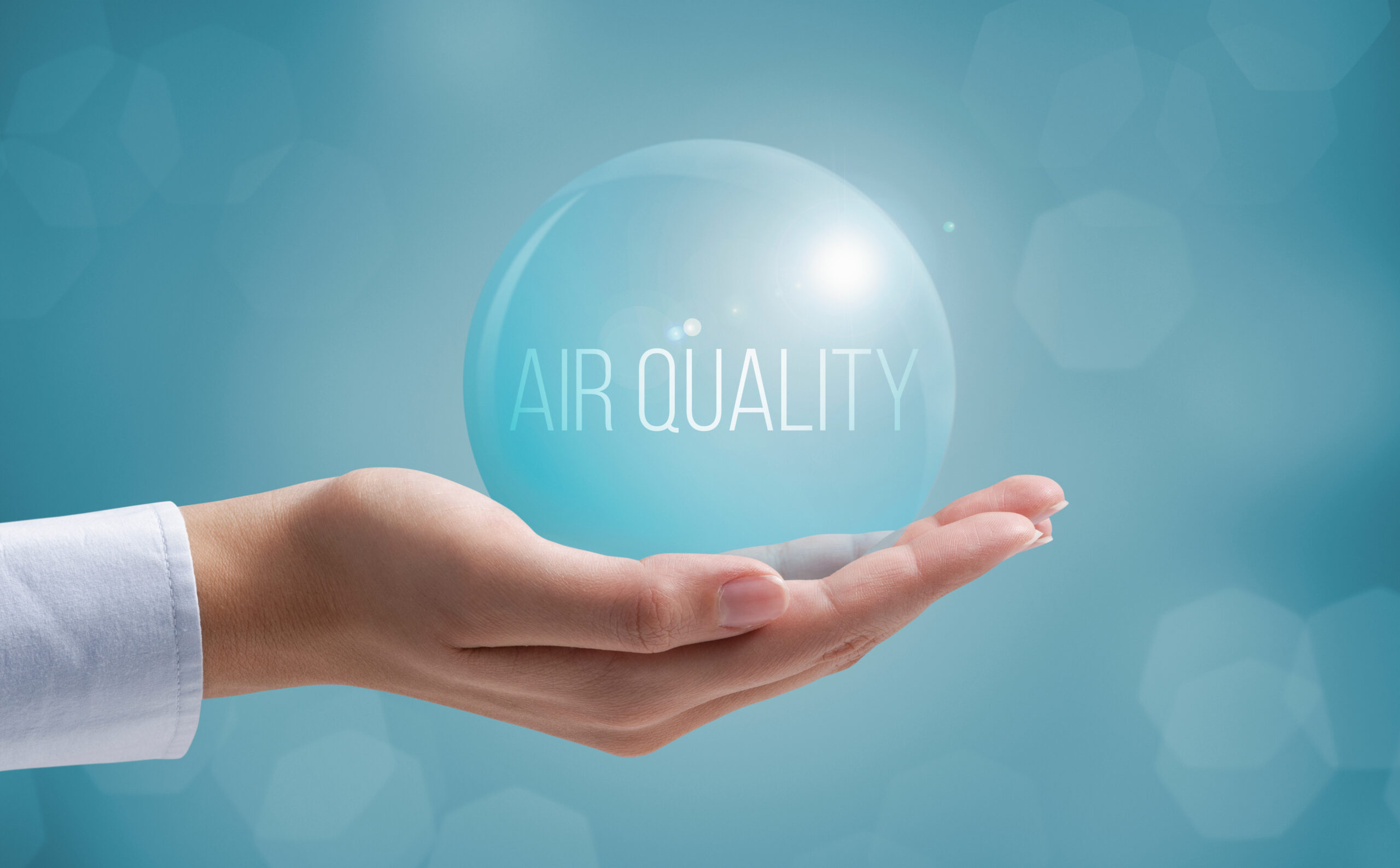Asbestos is a hazardous mineral commonly used in a wide array of Australian materials until prohibition occurred on 31 December 2003. Although asbestos is no longer used in Australian products, many buildings and equipment still contain asbestos-containing materials (ACMs), which can release deadly fibres into the air if disturbed. Asbestos exposure can cause serious health problems like mesothelioma, lung cancer, and asbestosis. Australian regulations require asbestos air monitoring before, during and after certain events to protect the health and safety of workers and the public. This article will explain what asbestos air monitoring is, why it is important, and how it is conducted in Australia.
What is Asbestos Air Monitoring?
Asbestos air monitoring is the process of measuring and analysing the concentration of airborne asbestos fibres. Asbestos air monitoring aims to identify the level of exposure risk to workers and the public and ensure that control measures are effective in minimising this risk. The monitoring process must be conducted by Licenced Asbestos Assessor who has the necessary training and equipment to carry out the task.
There are several types of asbestos air monitoring, each serving an essential role in the way licensed asbestos assessors evaluate the risk of exposure:
- Personal or Exposure air monitoring:
Exposure air monitoring aims to assess a worker’s level of asbestos exposure. The worker wears a personal air monitor for a specific period measuring the concentration of asbestos fibres in the individual’s breathing zone. - Background air monitoring:
Background air monitoring evaluates ambient asbestos fibre concentrations in the atmosphere during normal conditions at a static location. This type of air monitoring is generally conducted before an event, such as asbestos removal work, to provide a baseline for comparing future results. - Control air monitoring:
Control air monitoring is generally only performed from a static location to evaluate the efficiency of control measures. Certain control measures, such as those used in asbestos removal work, require air monitoring. - Clearance air monitoring:
Clearance air monitoring is conducted after asbestos removal work to ensure the area is safe for reoccupation. Enclosures from the removal must remain erect until the fibre concentration is below the acceptable level of less than 0.01 fibres/ml.

Why is Asbestos Air Monitoring Important in Australia?
Asbestos is a significant health hazard in Australia, where over 4000 lives are lost yearly due to asbestos-related diseases. Asbestos air monitoring is essential for the following reasons:
To Ensure Compliance with Regulations
In Australia, there are strict regulations in place to protect workers and the public from asbestos exposure. Asbestos air monitoring is a legal requirement in all states and territories across Australia. Building site operators and PCBUs must comply with specific guidelines and standards for asbestos air monitoring to avoid legal penalties.
To Determine the Level of Exposure Risk
Asbestos air monitoring can identify the level of exposure risk to workers and the public and help determine the appropriate control measures needed to minimise this risk. The results of asbestos air monitoring can also help identify areas where ACMs may need to be removed or where additional control measures may be required to protect workers and the public.
To Ensure the Effectiveness of Control Measures
Control measures, such as enclosures, barricading, and personal protective equipment (PPE), are used to reduce the risk of exposure to airborne asbestos fibres. Asbestos air monitoring can determine the effectiveness of these control measures and help identify areas where improvements are needed to ensure worker and public safety.
How is Asbestos Air Monitoring Conducted in Australia?
Only a Licenced Asbestos Assessor should conduct asbestos air monitoring using the NOHSC:30039(2005) and approved methods.
Pre-Sampling Preparation
The Licenced Asbestos Assessor will conduct a pre-sampling site assessment to determine the best location for air sampling. The site will be evaluated for potential sources of asbestos fibres, such as ACMs, asbestos in soil, and previous asbestos removal activities. The assessor will also assess the potential for cross-contamination and ensure the sampling equipment is calibrated and functioning correctly.
Air Sampling
The assessor will use specialised air sampling equipment set at a pre-determined flow rate for a set period to collect air samples from the designated locations, sometimes referred to as asbestos air quality testing . After the sample collection time, usually between 4 to 8 hours, the desired volume of air is pulled through the asbestos sampling cassette, where fibres collect for analysis.
Laboratory Analysis
The air samples will be sent to a NATA-accredited laboratory for analysis, where the filters are removed from the cassettes and prepared for examination using Phase Contrast Microscopy (PCM). Respirable fibres (greater than 5 micrometres in length and less than 3 micrometres in width) are counted in 100 graticule fields (microscope eyepiece – Walton-Beckett circular graticule). The total number of fibres counted during analysis and the total air volume sampled are used to calculate the fibre concentration displayed as fibres per millilitre of air (f/ml).
Reporting and Interpretation
Asbestos reports are essential. The laboratory will provide a report detailing the results of the air sampling analysis. The Licenced Asbestos Assessor will interpret the results and determine whether the concentration of asbestos fibres in the air is within regulatory limits or poses a risk to a worker or the public. From there, various asbestos risk management strategies and asbestos management services may need to be considered.

